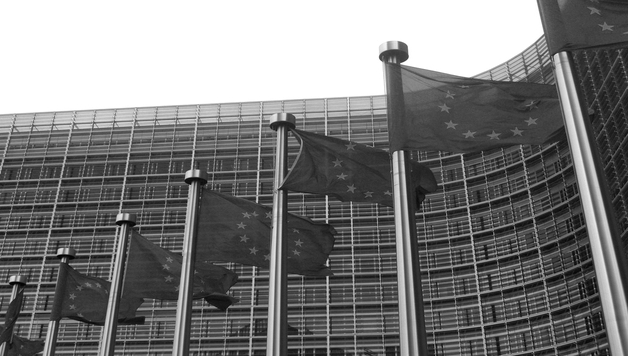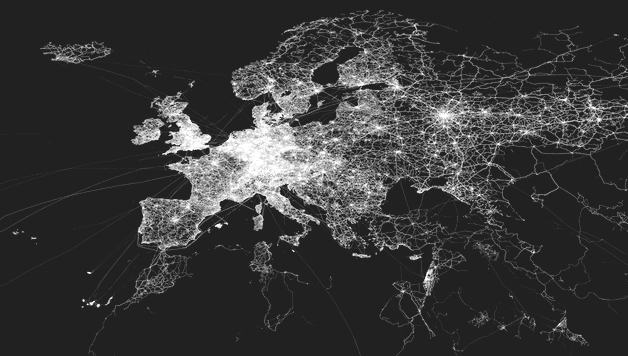On 13 May 2014, the Federal Court imposed a penalty of $3 million against NSK Australia, a supplier of ball bearings, for engaging in cartel conduct.
The proceedings follow on from the ACCC’s proceedings against another cartel member, Koyo Australia Pty Ltd (Koyo) in October 2013 (see our previous post).
The Court imposed the $3 million penalty against NSK on the basis of a statement of agreed facts, in which NSK admitted that it had made two arrangements with the purpose, effect or likely effect of fixing, controlling or maintaining the price of ball bearings sold to after-market customers in Australia.
This decision provides useful insights into the application of the parity principle and in particular the importance of factors such as market share, affected revenue, the nature and duration of the conduct and the extent of cooperation with the ACCC relative to other cartel members.
In reaching the amount of $3 million, the Court took the following factors into account:
Market share and deterrence
When assessing a penalty so as to achieve parity with other cartel members, the Court held that it is proper to take into account market share to ensure that the penalty achieves general and specific deterrence (as noted by Finkelstein J in ACCC v ABB Transmission and Distribution Ltd (No 2) [2002] FCA 559). In NSK’s case, the Court found that the company had a materially larger share of the Australian bearings market than Koyo, another cartel member. Throughout the relevant periods, NSK had a market share of between 10-13% of the relevant market, while Koyo had a market share of between 6-10%.
Involvement in market and revenue
The statement of agreed facts also notes that NSK had a ‘materially greater’ involvement in supplying bearing products than Koyo. The Court considered the sales revenue of bearings over the relevant period in which NSK achieved revenue of $46.4 million from sales to after-market bearings customers, while Koyo only achieved $15.5 million.
Cooperation with ACCC
The Court took into account the substance and relative timeliness of assistance provided by NSK to the ACCC. According to the agreed statement of facts, Koyo gave “materially greater” assistance to the ACCC than NSK. Koyo also agreed to settle the matter earlier in the course of the proceedings than NSK and was the first party to produce key documents to the ACCC. Finally, the Court took into account that that Koyo’s witnesses gave more useful information to the ACCC than NSK’s witnesses delivered.
Circumstances in which the conduct took place – the contravening arrangements were made during regular meetings of competitors, which were convened as part of a long-standing practice of exchanging confidential sales information.
Participation of senior management – the Chairman or the CEO was involved in making these arrangements.
This case demonstrates that courts will have regard to both qualitative and quantitative factors in determining a penalty to ensure that it adequately reflects the appropriate differential with the penalties awarded against other cartel members. Qualitative factors include the usefulness and extent of cooperation and the seniority of the persons involved in the conduct, while quantitative factors such as market share and affected revenue also play a significant role.
For those hoping for further clarity on the new penalties regime, NSK does not provide any fodder for discussion as all conduct took place between May 2008 and May 2009, prior to the introduction of the new regime in July 2009. Under the new penalty regime, the maximum penalty is the greater of $10 million or three times the benefit that the defendant has obtained from the contravention (or where the benefit cannot be ascertained, 10% of the company’s annual turnover) (see our previous post for a case where the new penalty regime has been applied).
Interestingly, the ACCC’s press release included a very public vote of thanks to the US Department of Justice, which brought the case to the ACCC’s attention following other investigations arising out of its investigation into auto-parts cartels.
Photo credit: Image courtesy of patrickdd (“Ball bearing”) licensed under CC BY-SA 2.0. Remixed to B&W and resized.








